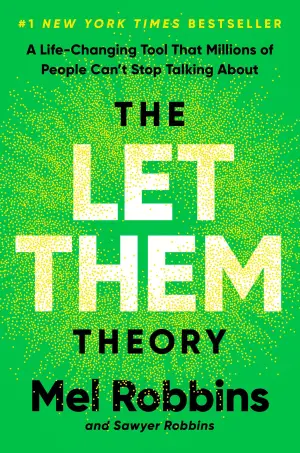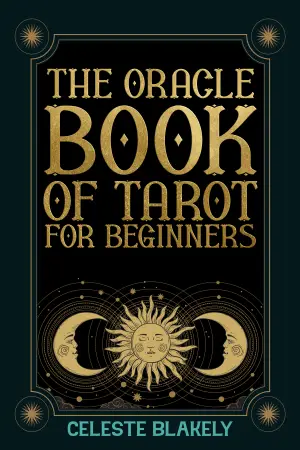A Journey Through Glamour: My Thoughts on Fifth Avenue Glamour Girl
Have you ever picked up a book that promises the glittering allure of a bygone era and the complexities of ambition and friendship, only to find it just a tad underwhelming? That was my experience with Renée Rosen’s Fifth Avenue Glamour Girl, a novel that caught my eye with its depiction of the 1930s and 1940s beauty industry, particularly the life of Estée Lauder. As someone intrigued by historical fiction and the cultural landscape of early cosmetic pioneers, I couldn’t resist diving into this visually rich narrative.
In many ways, Rosen excels in bringing the hustle and bustle of New York’s high fashion scene to life. The setting is vibrant, painted with vivid details that made me feel like I could almost hear the click of heels on the pavement and see the brightly lit storefronts. The inclusion of historical nuances—like the use of terms such as “taxicab” or the presence of vending machines—creates an authentic ambiance, allowing readers to visualize the era genuinely.
At the heart of this narrative is Gloria, a character whose journey from obscurity to the world of high fashion intertwines with that of Lauder herself. I appreciated the themes of independence, ambition, and friendship that Rosen imbues throughout Gloria’s (and Estée’s) tale. Their struggles against the sexism of the time are both empowering and engaging, painting a portrait of women carving their paths in a male-dominated world. The dialogues with industry divas add a delightful layer of excitement, delivering moments that spark joy.
However, as I turned page after page, I found myself wishing for a bit more depth within the characters—especially Gloria. While her backstory and her fraught relationship with her father hold promise for emotional exploration, they falter in progression. Notably, Gloria’s character remains somewhat stagnant until the very end; her journey lacks the transformative arc that I felt was needed to elevate her story.
The plot, too, felt like it stumbled along rather than surged forward. Major events unfolded chronologically without enough buildup, making it hard for me to stay engaged. There were moments when I found myself having to push through, waiting for the narrative to find its momentum, which left me longing for a spark that would captivate me. It’s a shame because the premise had the potential to be so rich.
Nevertheless, Fifth Avenue Glamour Girl offers some redeeming qualities, including a cast of intriguing characters—Soda Pop, anyone? If you’re someone fascinated by the early cosmetics industry or the challenges women faced during this tumultuous period, you might find value in its pages. However, for those looking for a story filled with dynamic character growth and a gripping plot, you may end up feeling a touch let down.
In summary, Fifth Avenue Glamour Girl didn’t leave a lasting impression on me. While its historical details and empowering themes were commendable, the lack of character development and narrative drive made it a struggle to get through. If you have an affinity for historical fiction, give it a shot—just temper your expectations. After all, even the glamour of Fifth Avenue can sometimes fall flat.
Discover more about Fifth Avenue Glamour Girl on GoodReads >>













